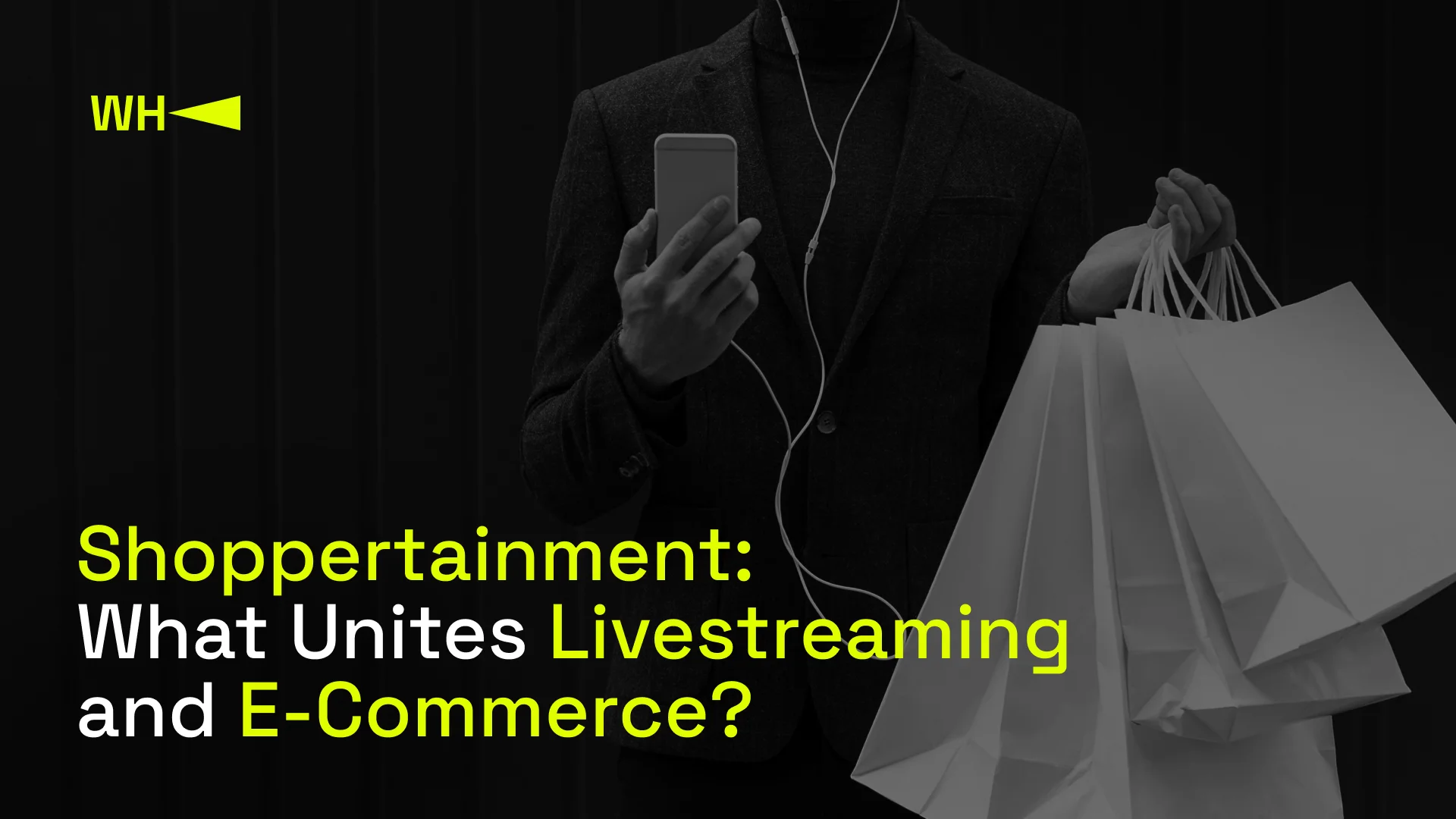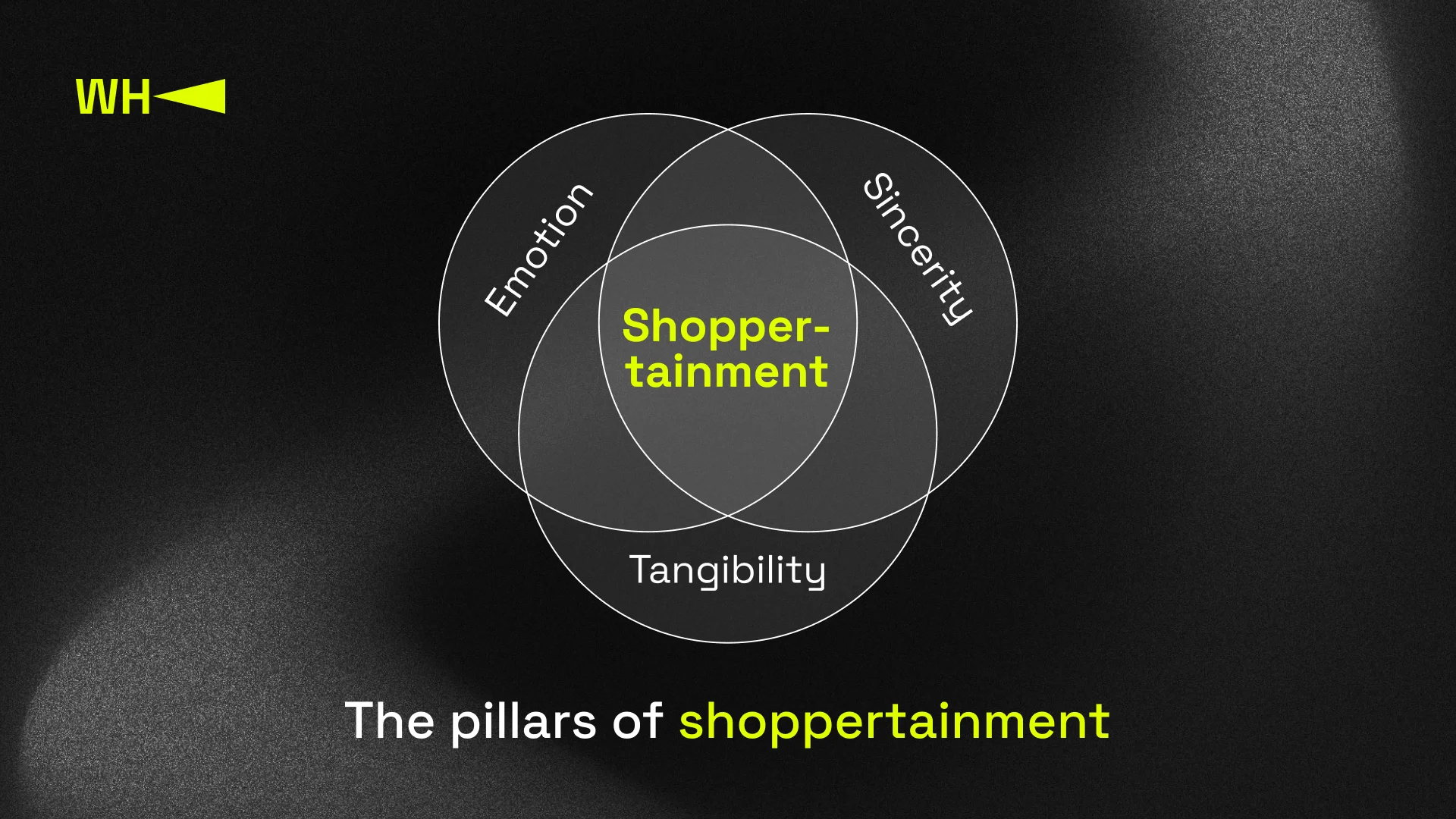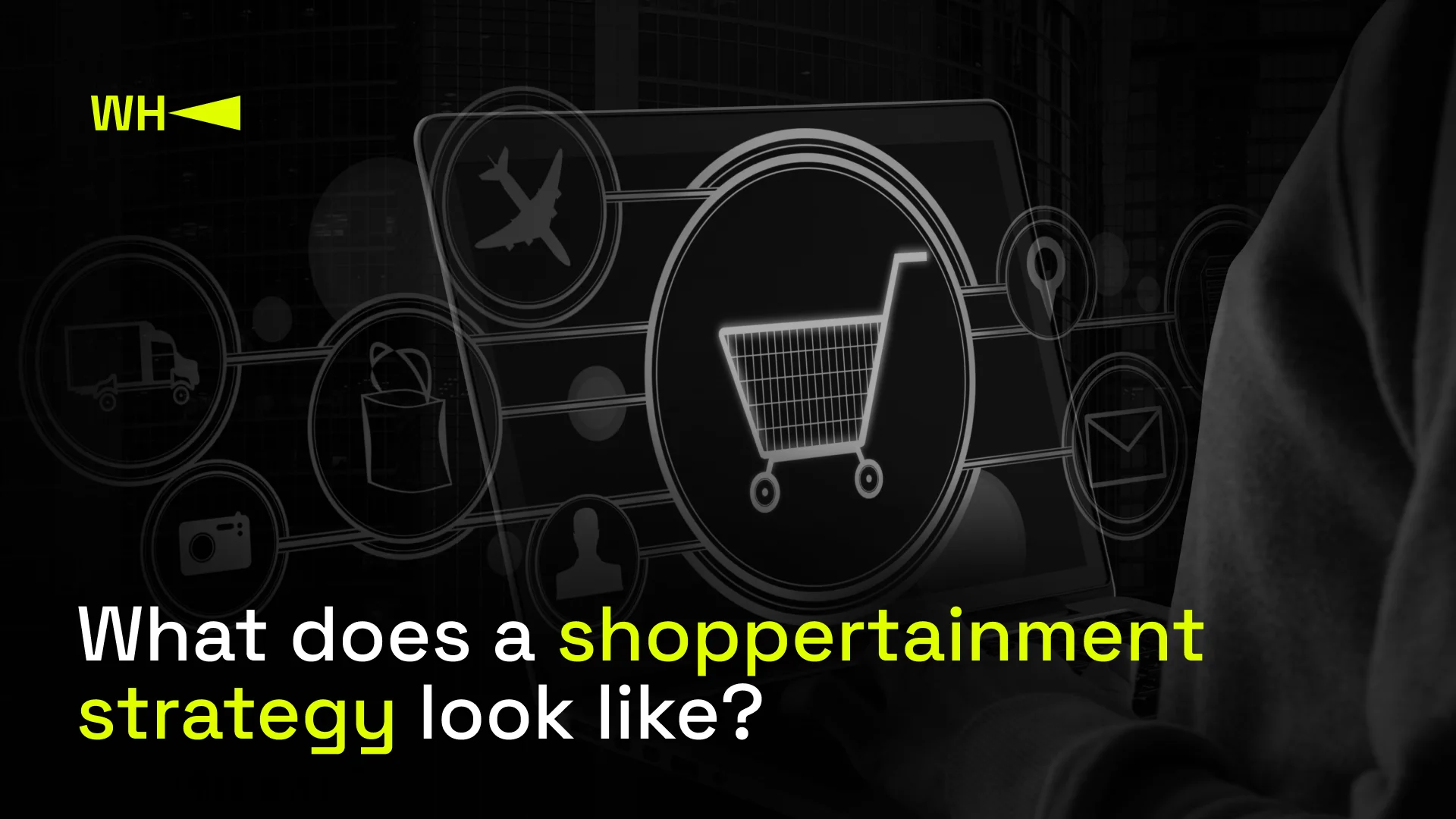Feb. 16, 2024
Shoppertainment: What Unites Livestreaming and E-Commerce?

3 min read
Entertainment is no longer limited to one industry. Movies, books, and TV shows now influence other areas of life: education, content marketing, etc. Some combinations of industries even gave birth to new terms, such as shoppertainment.
What is shoppertainment?
From the name itself, it is clear that shoppertainment is a combination of entertainment and e-commerce. Essentially, this is a content-driven approach to sales. The central concept of shoppertainment is to create a comprehensive experience for a client, making the buying process as valuable as the product itself. The customer journey must be interactive, informative, and more to engage consumers.
79% of consumers are inspired to buy because of content rather than price or information about a discount. Basically, if you are merely presenting a product, you have less opportunity to attract attention.
Like any marketing approach, shoppertainment is based on simple pillars:
Emotion: High-quality content can evoke laughter, puzzlement, and a wide range of other emotions. Those feelings allow the client to connect with the brand much more strongly.
Sincerity: Consumers like to make informed decisions, so a brand must make the details accessible and understandable. By hiding information, the retailer runs a greater risk of alienating its audience.
Tangibility: In online shopping, customers often find it challenging to decide on a purchase because they can’t quite picture the product. It is precisely this aspect that is best revealed using the shoppertainment approach.
What does a shoppertainment strategy look like?
Content-driven strategy can be of any scale. Many brands actively use social media to demonstrate the strengths of their extraordinary products. Some companies modify their websites to celebrate the release of a new product, encouraging the customer to stay longer and interact with the content. The central concept of this form of promotion remains unchanged: “Show, don’t tell.”
However, the trend of shoppertainment encompasses a variety of solutions. For example, a company can use AR technologies, as the IKEA application did. To answer the myriad questions that arise in the client’s mind during a purchase, IKEA offers a visual example. Moreover, thanks to this interactive content, the brand attracts attention and encourages users to create their own content, which is better perceived by a wide audience.
Finally, livestreaming is one of the most exciting ways to use entertainment in e-commerce — Lazada, which, according to some sources, became the author of the term shoppertainment, launched live shopping streaming with non-stop advertising. This approach is suitable not for every audience and not every type of product, but this does not mean the tool itself is inadequate. Livestreaming extensively uses the “see now, buy now” aspect, encouraging consumers to make intuitive purchases.
For example, for brands in the gaming industry, livestreaming could be used for a new game launch party. Creating advertising teasers, distributing stills from the game, and the like will attract the attention of gamers. However, to show the full value a game brings and what distinguishes it from other games in the same category, the best way is to put the spotlight on the gameplay itself. Here, brands can turn to influencers who will make a full review of the game or create a big event on their own.
Shoppertainment is just one example of how the entertainment industry impacts seemingly unrelated areas. This trend is just developing, but it’s growing quite fast. Every new technology that starts in entertainment seeps into other industries, just like the entertainment industry quickly responds to all changes. That’s why it’s important to follow trends and innovations and be among the first to apply them and reap the benefits.

